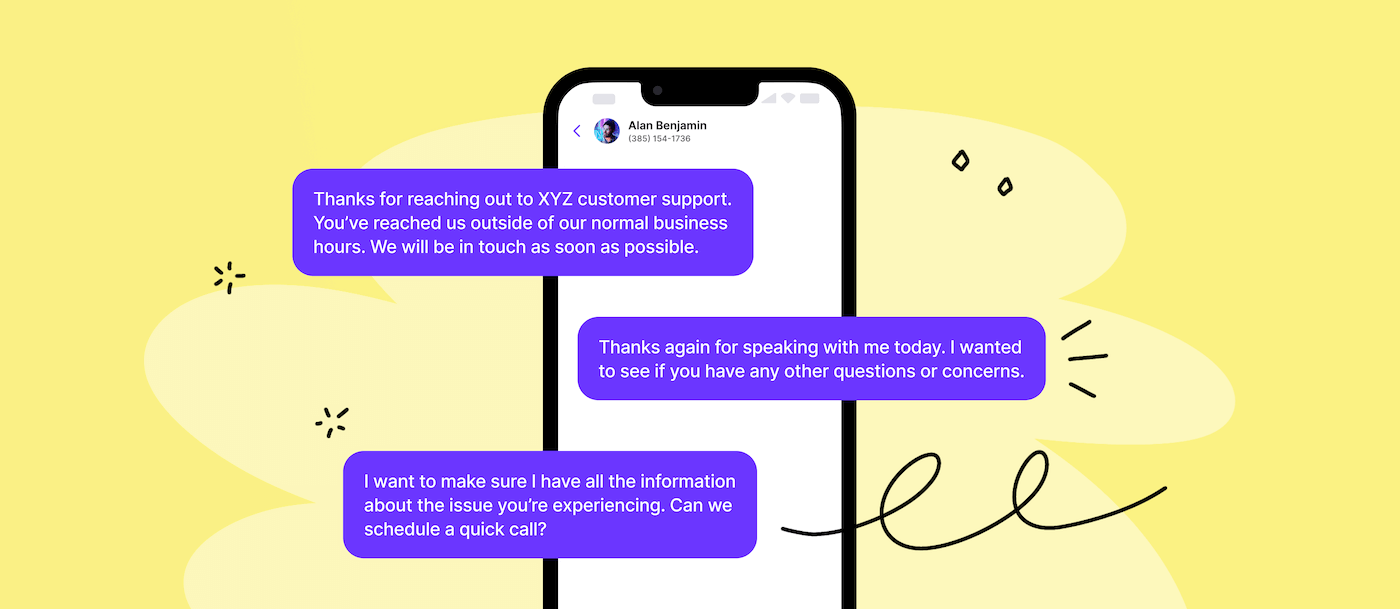In the Loop: Communal Tales of Self-Sent Texts

In the Loop: Communal Tales of Self-Sent Texts
In the expansive realm of online messaging, you may discover notes under your phone’s chat history which look as if you sent them to yourself, known as ‘Communal Tales of Self-Sent Texts.’ This tends to confuse people when they ponder on the possibility of unintentionally self-sent texts. At first, you might think it’s an error within technology, but the truth lies in how you use your electronic gadgets.
However, messages are now often being sent by people to themselves using their phones, which were once considered crucial for us to stay in touch and up-to-date. Elsewhere, questions about how we interact with our devices on a deeper level are sparked courtesy of this recent curiosity. That action seems to have become rather common.
Unpacking the Causes
You get too many texts. Sometimes you hit the wrong button. When you’re doing a lot of things at once, phones might confuse you with where to click or what choice to make, and you end up messaging yourself by mistake.
Memory and User Interface
Delving deeper into the intricacies of human memory reveals another layer to the self-sent texts phenomenon. Our brains are wired to automate repetitive tasks, and when it comes to messaging apps, muscle memory can play a significant role. A quick tap intended for someone else can easily turn into a self-sent message if the brain momentarily misfires. This intersection of cognitive processes and technological interfaces sheds light on the multifaceted nature of our interactions with digital tools.
The Social Implications
Beyond the technical aspects, the experience of self-sent texts can have profound social implications. In a world that is increasingly digital, the act of sending a message to oneself, as explored in ‘Communal Tales of Self-Sent Texts,’ might be interpreted as a form of self-reflection or a subconscious desire for connection. It’s an unintended consequence of our reliance on technology for both communication and self-expression, sparking discussions about the impact of the digital age on our social behaviors and relationships.
Navigating the Digital Landscape
As self-sent texts become a common occurrence, users are developing strategies to cope with this quirky aspect of digital communication. Some find humors in the situation, sharing their experiences online and creating a sense of community around this shared technological quirk. Others may seek technological solutions, such as customizing user interfaces to minimize the chances of accidental self-sends. This evolving relationship between users and technology highlights the need for adaptability and a user-centric approach in the design of digital interfaces.
The Future of Digital Interaction
As technology continues to evolve at a rapid pace, the experience of self-sent texts raises broader questions about the intersection of human behavior ,digital interfaces and Unveiling the Path to Tech. Designers and developers may need to consider not only the functional aspects of their creations but also the psychological and behavioral elements that shape user interactions. The future of digital interaction could involve a deeper understanding of how users navigate and engage with technology on a personal level, paving the way for more intuitive and user-friendly designs.
Conclusion
Experiencing Self-Sent Texts? You’re not the Only One. In the ever-evolving landscape of technology, quirks like self-sent texts remind us of the complex relationship between humans and their digital tools. As we navigate the digital age, embracing these nuances can lead to a more profound understanding of how technology influences our behaviors and social interactions. Whether it’s a result of multitasking, user interface design, or the mysteries of memory, the phenomenon of self-sent texts highlights the need for a holistic approach to the design and use of technology in our daily lives. It invites us to explore the evolving dance between human consciousness and the digital realm, fostering a symbiotic relationship that shapes the future of our interconnected existence.
